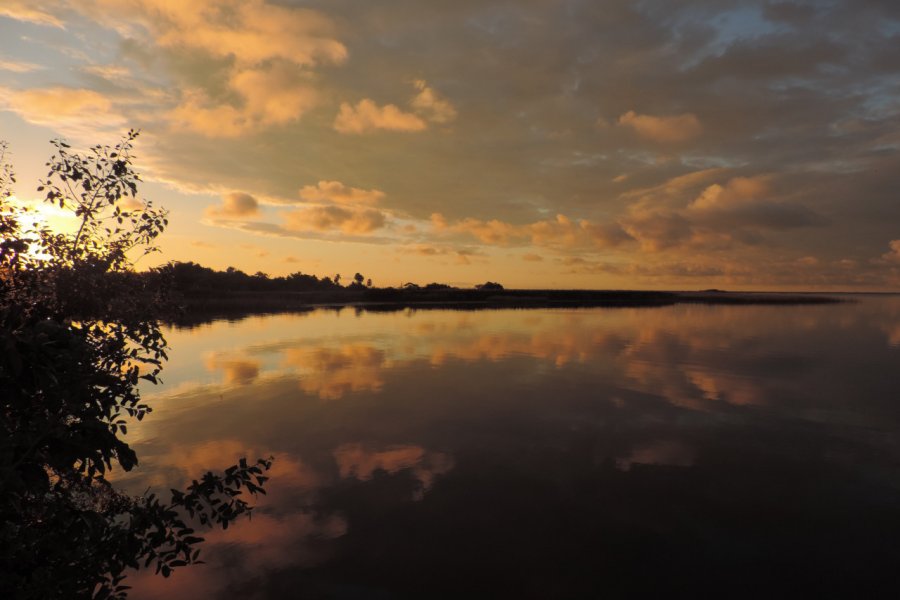Travel Guide Reserva Natural Iberá
Find an accommodation
Advertising
Iberá, in the Guaraní language, means "shining water". It is an incredibly rich ecosystem. The government of the province of Corrientes created the Reserva Natural del Iberá in 1983. This area represents 13,000 km², or 14% of the total area of the province. Its particularity is its great capacity to retain rainfall (1,200 - 1,500 millimetres per year). Less than a quarter of this water flows into the Río Paraná and takes six months to reach it. The environment is made up of lagoons, generally 2 to 3 meters deep, which occupy a total area of 315 km².The fauna is most active at night (don't hesitate to make a night excursion) but during the day, the two privileged moments to observe it are either very early in the morning or in the late afternoon at dusk. Esteros are populated with mammals, birds, reptiles, amphibians, fish of all kinds. All of them are protected, as some of them are in danger of extinction. For those who would like to study the birds, the place is ideal. Frankly, when they tell you that the show is as fascinating as the famous Pantanal in Brazil, it is not for nothing. Among the few specimens you will come across: the yacaré, a type of caiman (or American crocodile), which can reach a length of 3 m and is black or brown in colour, or the carpincho, the largest known rodent in the world.A small guide, sold at the Interpretation Centre, explains very well all the different species that you may encounter in the region.
Suggested addresses Reserva Natural Iberá
Weather at the moment
Advertising
Organize your trip with our partners Reserva Natural Iberá
Transportation
Book your plane tickets
Car Rental
Boat rental
Accommodation & stays
Find a hotel
Holiday rental
Find your campsite
Tailor-made trip
Immersion travel
Services / On site
Activities & visits
Find a doctor
Find unique Stay Offers with our Partners
Pictures and images Reserva Natural Iberá
Other destinations nearby Reserva Natural Iberá
5 km away
- Reserva Provincial La Payunia
- Reserva Provincial Laguna Brava
- Reserva De La Biósfera - Estación Biológica Del Beni
- Reserva Biológica Cordillera De Sama
- Reserva Nacional Lago Jeinimeni
- Reserva Natural Caverna De Las Brujas
- Reserva Indígena Da Jaqueira
- Reserva Ecológica Kapawi
- Reserva Natural Monte Loayza - Cañadón Del Duraznillo
100 km away




